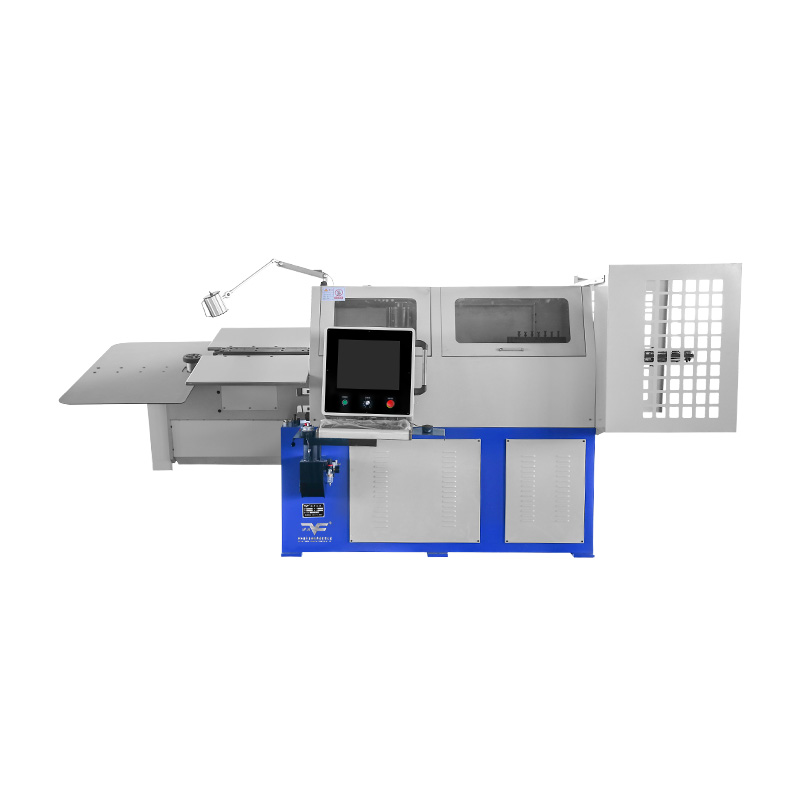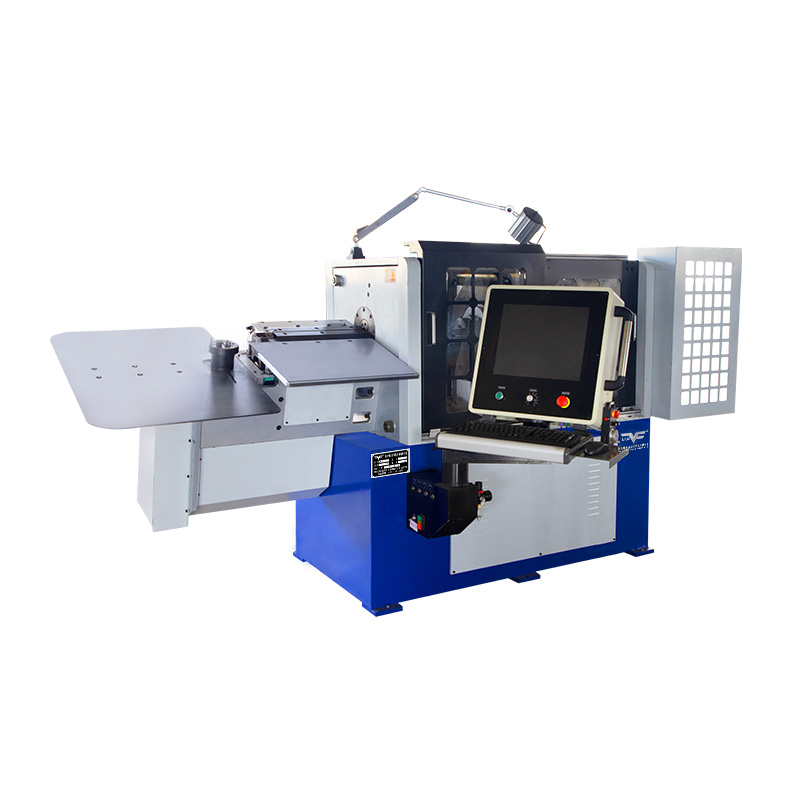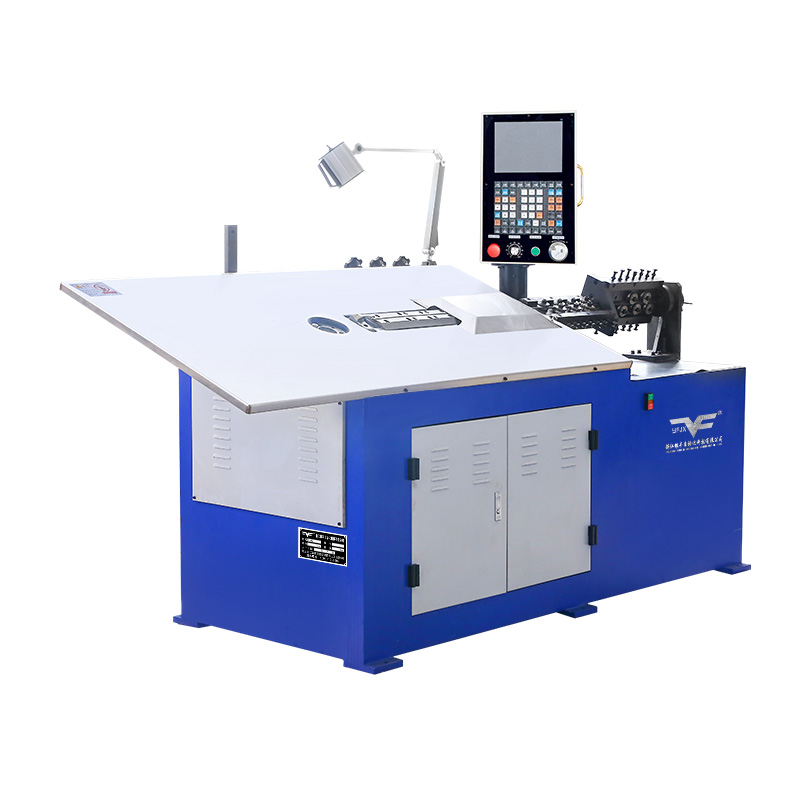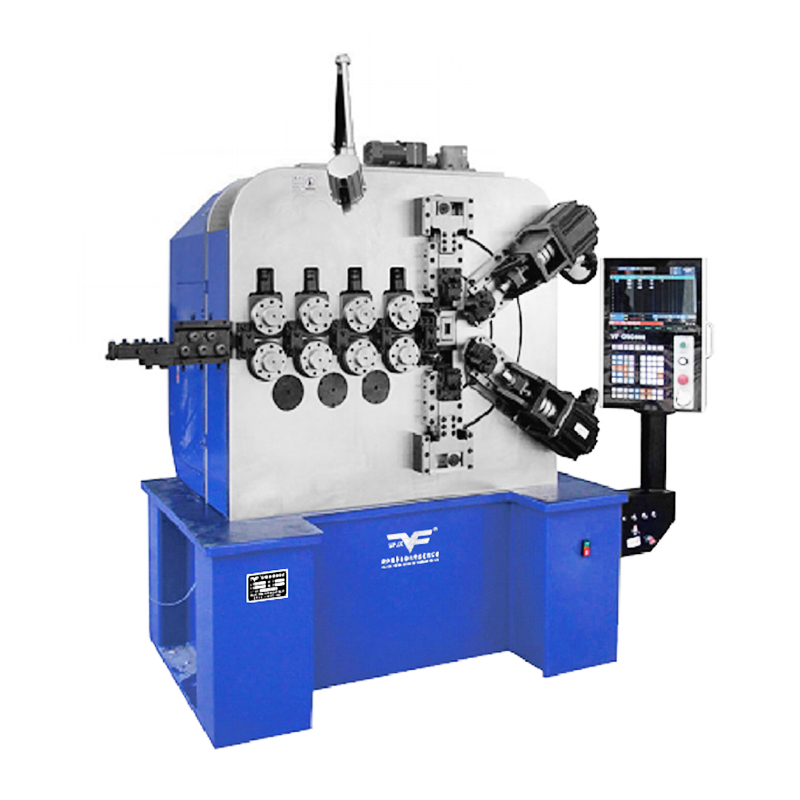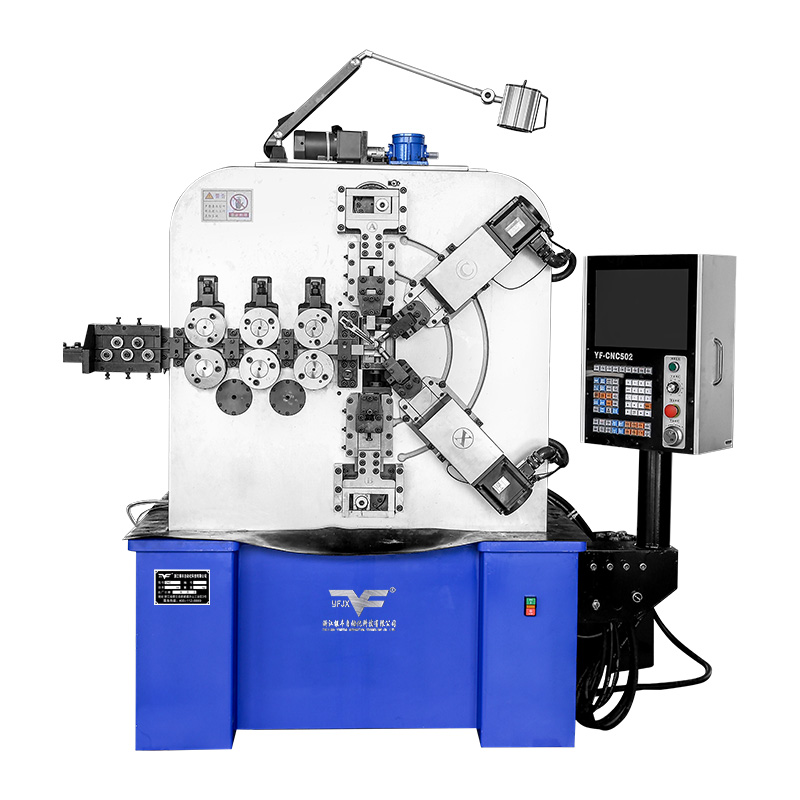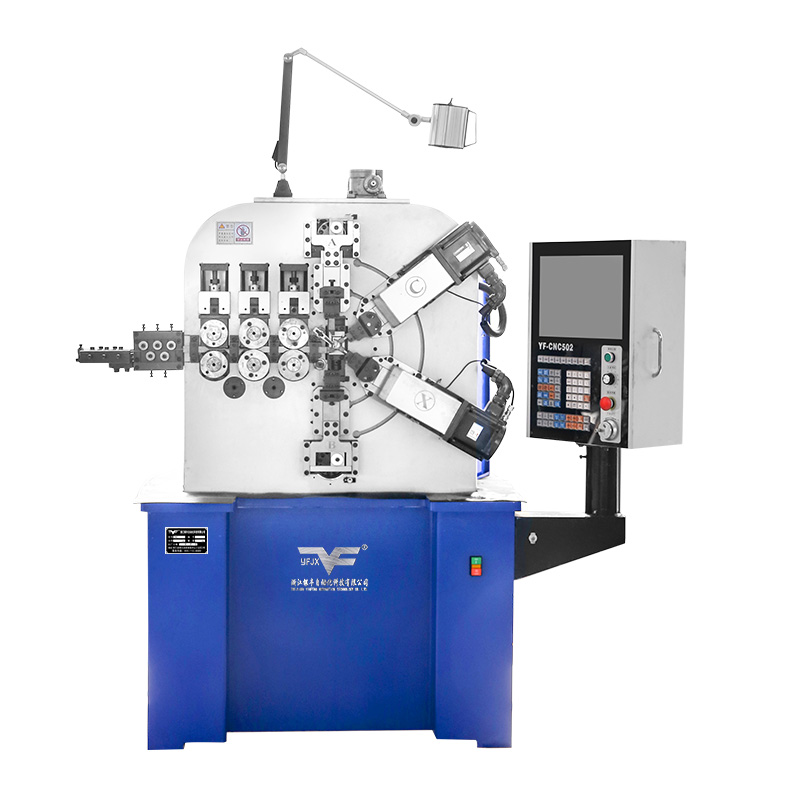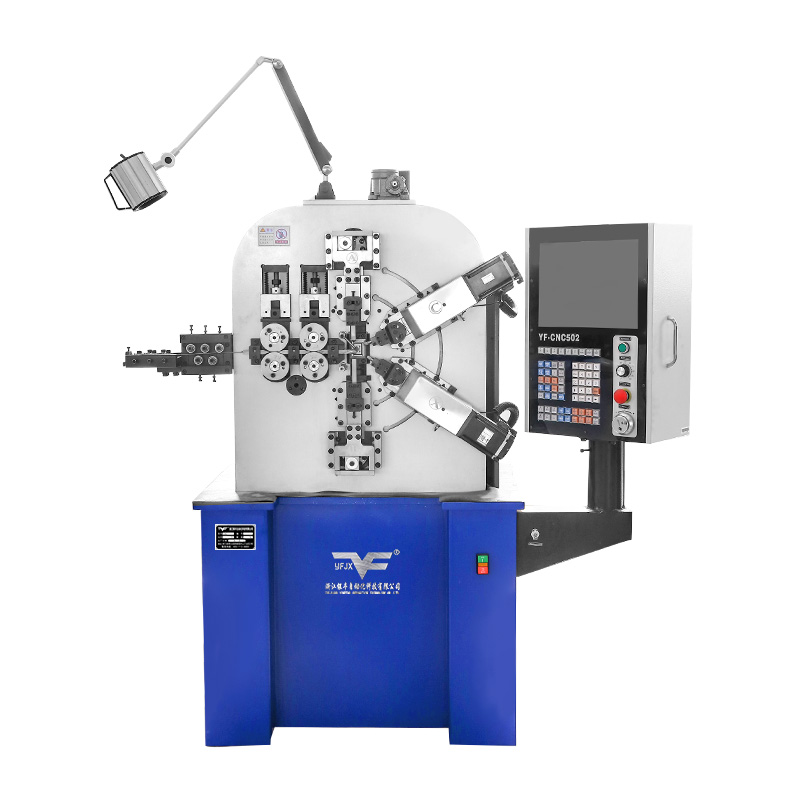How Can a Spring Conveyor Machine Help in Handling Different Types of Springs During Production?
Industry News-A spring conveyor machine is designed to manage the movement of springs through various stages of production. Its versatility is particularly valuable when dealing with different types of springs—whether they are small compression springs, large tension springs, or specialized torsion springs. The conveyor system can be adjusted to accommodate various spring sizes and shapes, ensuring that each type is handled correctly without damage. This adaptability contrasts with more specialized equipment, which might be tailored to specific types of springs but lacks the flexibility of a well-designed conveyor system.
The spring conveyor machine often works in tandem with spring feeder machines. While the spring feeder machine handles the initial sorting and feeding of springs into the production line, the conveyor system ensures smooth and efficient transportation to subsequent stages. This integration allows for a streamlined workflow where springs are consistently fed into the production line, minimizing manual handling and reducing the risk of misplacement or damage.
By efficiently transporting springs from the feeder to other machinery, such as automatic spring roll machines, the spring conveyor machine enhances the overall productivity of the manufacturing process. The synergy between the spring feeder machine and the conveyor system helps maintain a steady flow of springs, ensuring that production lines remain active and efficient.
Automatic spring roll machines are another crucial component in spring production, particularly in the forming and rolling stages. The spring conveyor machine plays a key role in feeding springs to these automatic machines. Its ability to transport springs accurately and steadily ensures that the automatic spring roll machines receive a continuous supply of springs, allowing them to operate at high efficiency.
Moreover, the conveyor system helps manage the output from the automatic spring roll machines, transporting finished springs to the next stages of production or packaging. This seamless flow of springs between different machines reduces downtime and improves throughput, contributing to overall production efficiency.
One of the primary advantages of using a spring conveyor machine is the reduction in manual handling required during production. In a traditional setup, manual handling of springs can cause inconsistencies, inefficiencies, and increased risk of damage. The conveyor system automates the movement of springs, minimizing the need for manual intervention and reducing the likelihood of errors.
By automating the transportation of springs, the conveyor machine also enhances overall production efficiency. It allows for faster processing times and more precise control over the movement of springs, ensuring that each component reaches the correct machine or stage without unnecessary delays.
Quality control is a critical aspect of spring manufacturing. A spring conveyor machine can contribute to this by ensuring that springs are transported in a controlled and consistent manner. By minimizing the risk of damage during handling and maintaining a steady flow of components, the conveyor system helps preserve the quality of the springs throughout the production process.
Additionally, the integration of sensors and monitoring systems in modern spring conveyor machines allows for real-time tracking of springs. This capability aids in detecting any anomalies or issues early, facilitating timely interventions and maintaining high standards of quality control.
the spring conveyor machine is a vital asset in the modern spring manufacturing industry, offering significant advantages in handling various types of springs. Its ability to integrate seamlessly with spring feeder machines and automatic spring roll machines enhances production efficiency, reduces manual handling, and ensures consistent quality control. By optimizing the movement of springs through different stages of production, the spring conveyor machine helps manufacturers achieve higher productivity and lower costs, ultimately contributing to the success and competitiveness of their operations.

 English
English русский
русский Español
Español 简体中文
简体中文